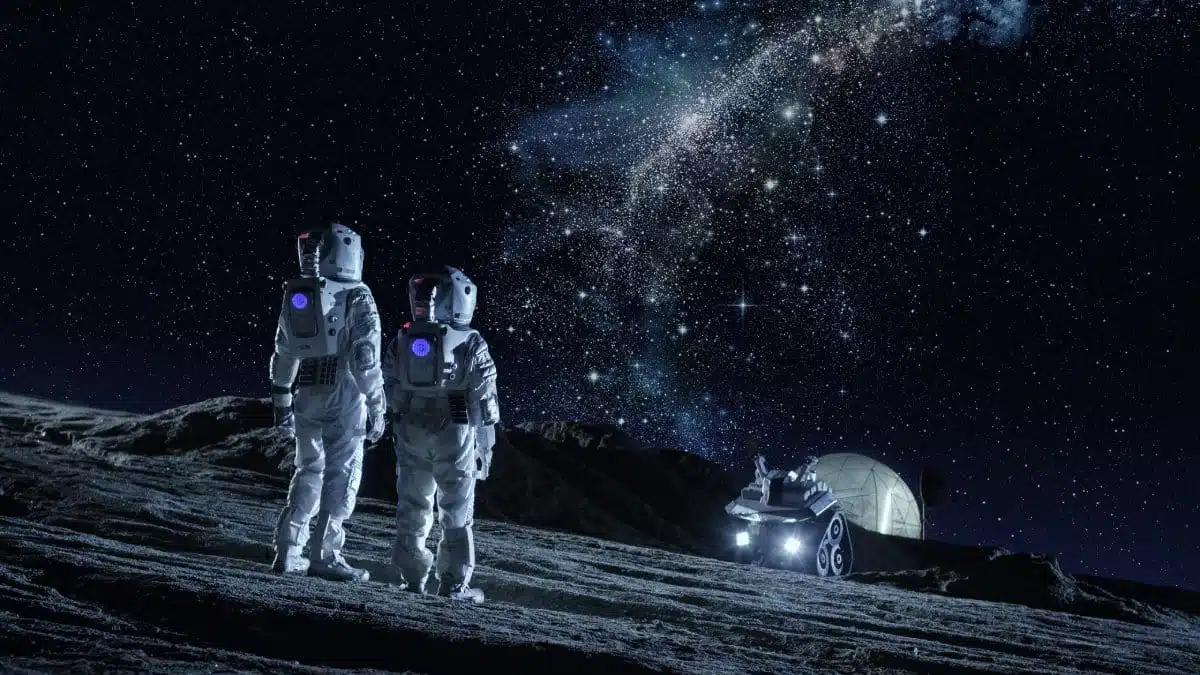Space tourism, once a mere figment of science fiction, rapidly evolves into a tangible reality, offering the most intrepid travelers an unprecedented opportunity to venture beyond Earth’s confines. This burgeoning industry promises to redefine the boundaries of exploration, providing experiences ranging from suborbital flights to extended stays in space stations. As private companies like SpaceX, Blue Origin, and Virgin Galactic spearhead this new era, the dream of gazing upon Earth from the vastness of space is closer than ever. This guide explores the forefront of space tourism, presenting ideas that mark the future of extraterrestrial travel.
1. Suborbital Spaceflights
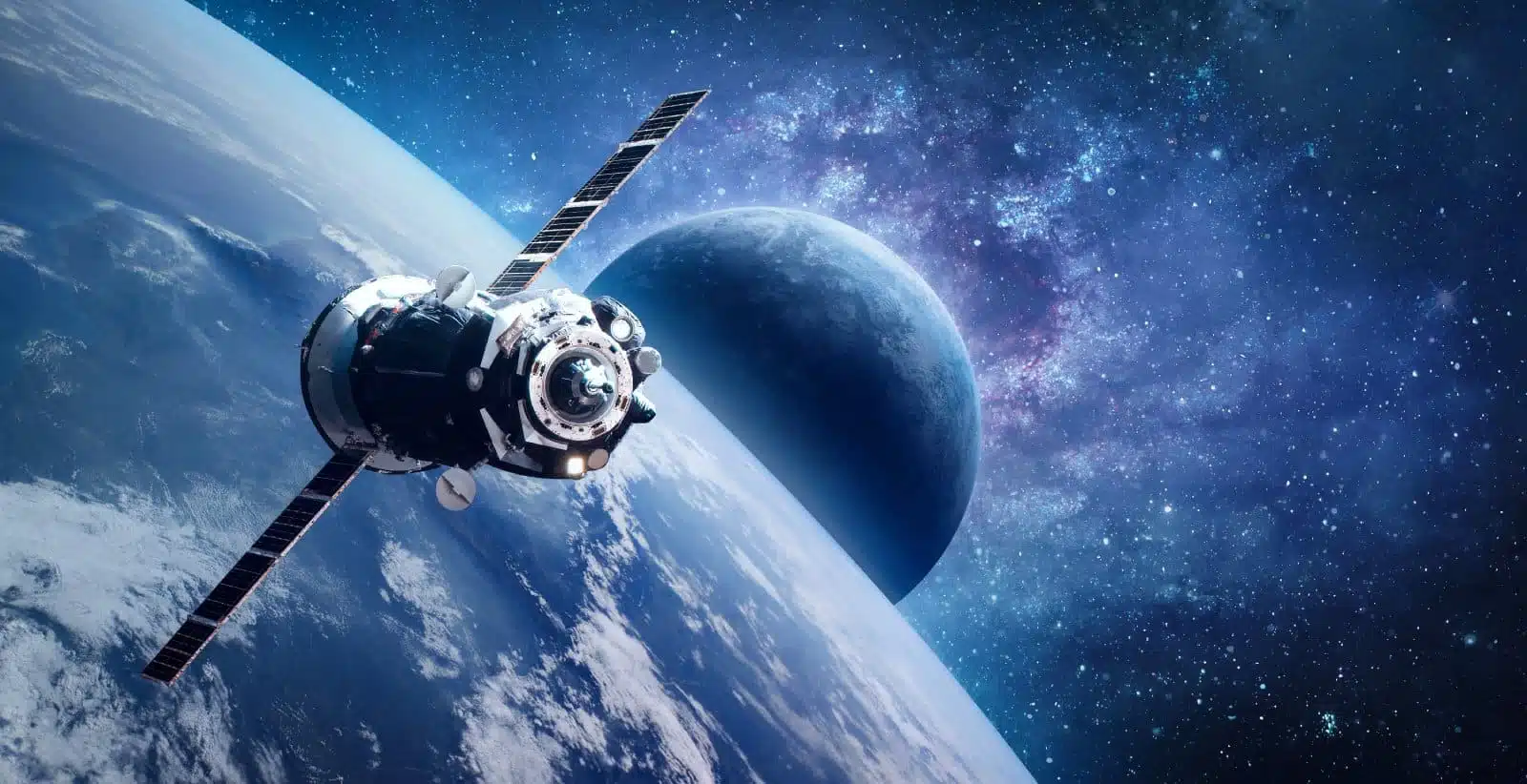
Image Credit: Shutterstock / Dima Zel
Suborbital spaceflights represent the threshold of human space exploration, offering a brief yet profound journey beyond the confines of Earth’s atmosphere. This experience allows you to witness the curvature of the Earth against the backdrop of the infinite cosmos, a sight that has transformed the perspective of many astronauts. During the flight, you’ll experience a few minutes of weightlessness, floating freely within the cabin, an exhilarating and serene sensation. Companies leading this venture, such as Blue Origin and Virgin Galactic, utilize cutting-edge spacecraft designed for safety, comfort, and the optimal viewing experience. The flights are meticulously planned, with each phase—from the rocket’s ascent to the silent glide back to Earth—maximizing the passenger’s experience of space.
Insider’s Tip: Opt for a comprehensive training program offered by these companies to prepare physically and mentally for the rigors and euphoria of space travel.
2. Orbital Spaceflights
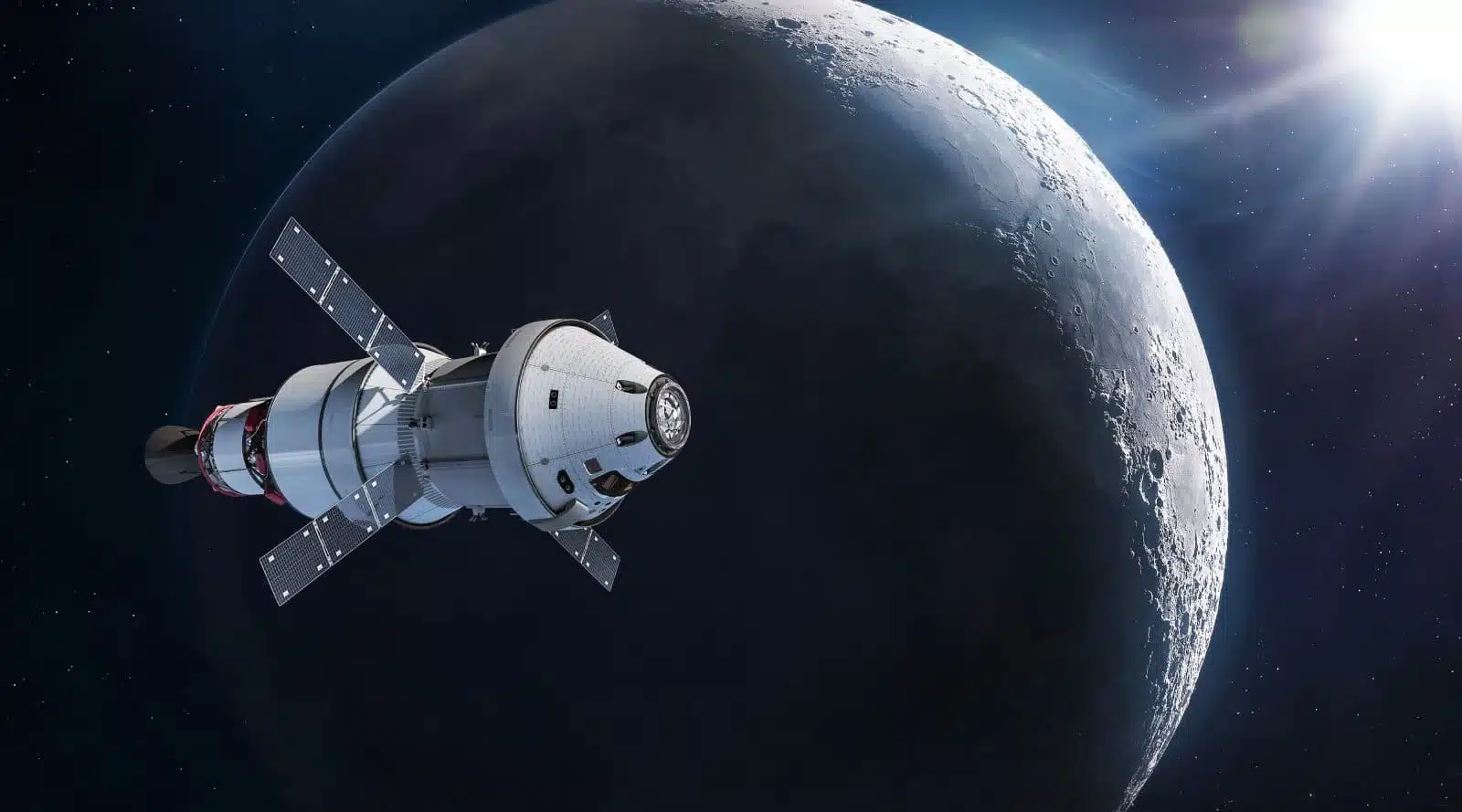
Image Credit: Shutterstock / Dima Zel
Orbital spaceflights are the next frontier for private space tourism, offering an extended stay in low Earth orbit. This experience goes beyond the brief moments of weightlessness, allowing you to live and move in space, witnessing multiple sunrises and sunsets in a single day from the vantage point of a spacecraft. Currently, this level of space travel is offered by companies like SpaceX, which plans to use its Crew Dragon spacecraft to transport private citizens to orbit. While aboard, you’ll experience life as modern astronauts, from sleeping in zero gravity to observing the Earth from a unique orbital perspective. The journey is about experiencing the day-to-day life of an astronaut, making it a profoundly transformative experience.
Insider’s Tip: Engage in a rigorous pre-flight conditioning regimen to ensure you can fully enjoy and participate in the activities and demands of living in space.
3. Space Hotels
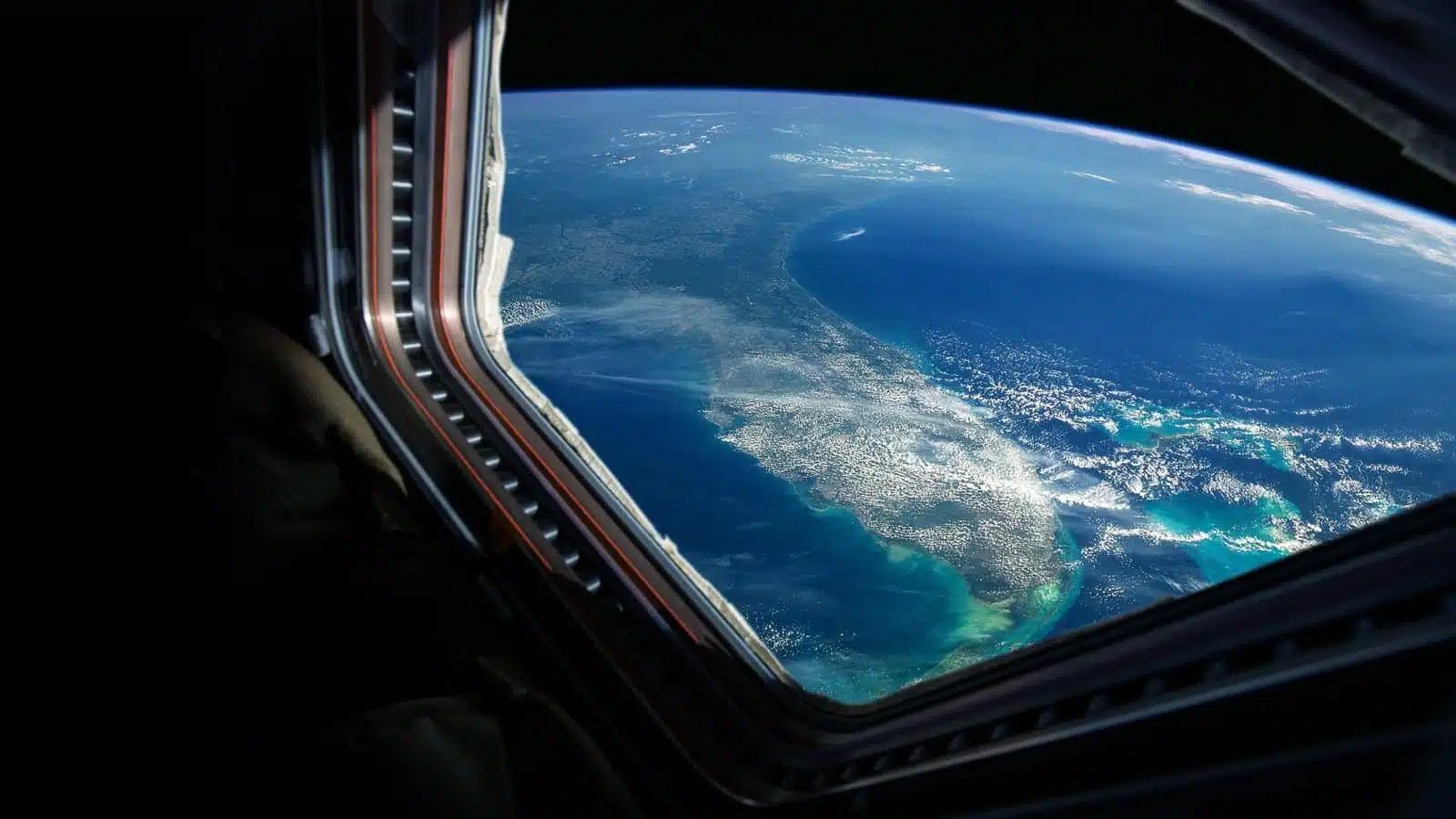
Image Credit: Shutterstock / Alones
The concept of space hotels is set to revolutionize space tourism, offering a luxurious stay in orbit. These hotels, planned by companies like Axiom Space, aim to attach habitable modules to the International Space Station or even construct free-flying space stations designed for commercial use. Guests can expect accommodations that combine the thrill of space with the comforts of Earth, including rooms with views of the planet below, space-grown food, and recreational activities adapted for microgravity. The development of space hotels highlights the growing accessibility of space travel, promising an extraordinary vacation destination that was once the realm of astronauts.
Insider’s Tip: Keep an eye on the development progress of these stations and plan for a longer training period to acclimate to extended periods in microgravity.
4. Lunar Flybys

Image Credit: Shutterstock / Dima Zel
Lunar flybys mark an ambitious step in space tourism, offering private citizens the chance to journey around the Moon. This mission, reminiscent of the Apollo missions of the 1960s and 70s, promises an unparalleled adventure, bringing you up close to the lunar surface before witnessing the Earth rising over the Moon’s horizon. SpaceX’s Starship is one of the spacecraft intended to make such missions possible, providing a comfortable and safe journey for those aboard. The experience of seeing the Moon up close and the Earth in full view offers an extraordinary sense of our place in the universe and the interconnectedness of all life on our planet.
Insider’s Tip: Such a mission requires not only physical preparation but also a deep commitment, as it represents one of the longer-duration space tourism experiences currently planned.
5. Zero-Gravity Flights
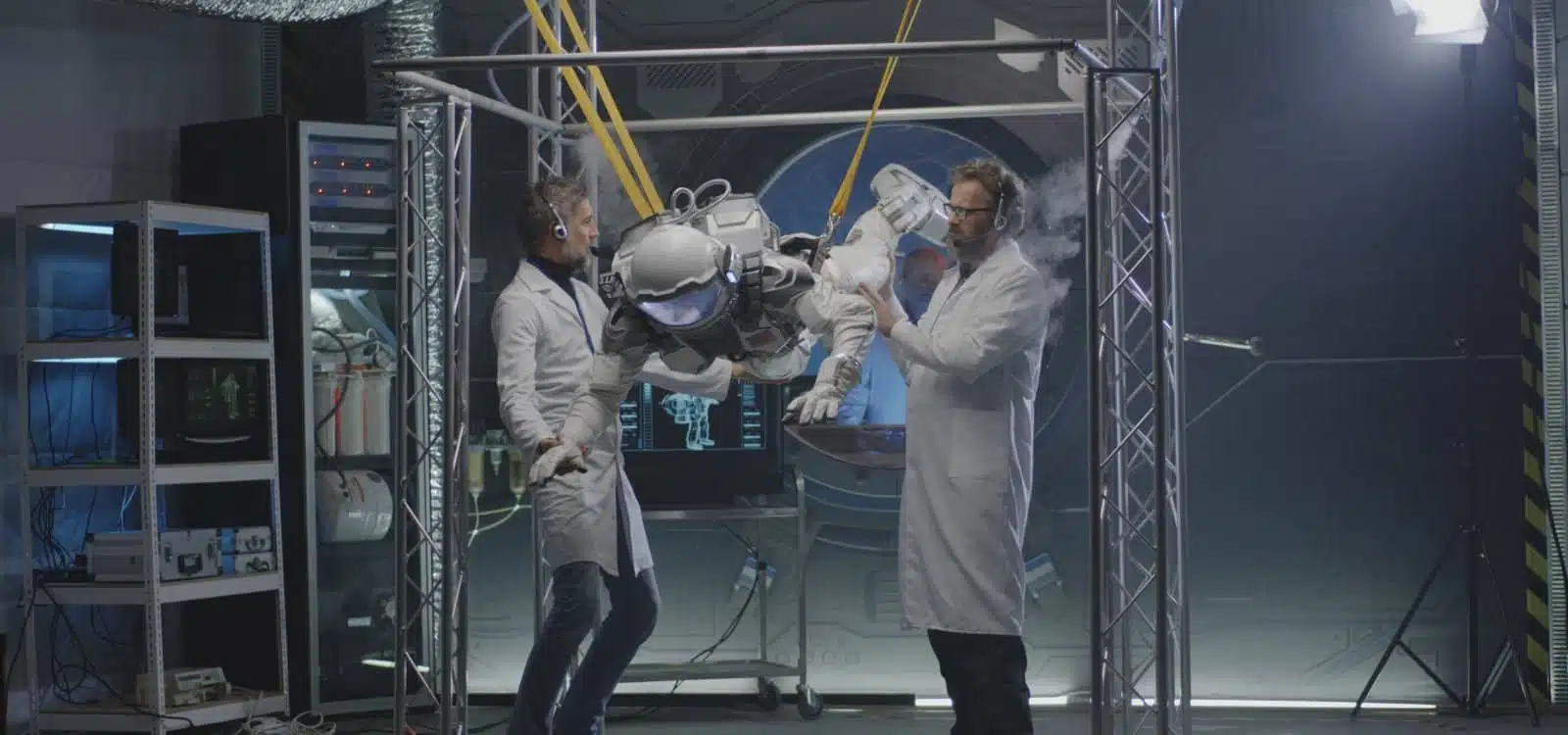
Image Credit: Shutterstock / Frame Stock Footage
Embarking on a zero-gravity flight offers an unparalleled introduction to the sensations of space without leaving Earth’s atmosphere. This experience simulates the weightlessness of outer space through parabolic flight patterns, creating moments where gravity’s pull is momentarily negated. Inside a specially modified aircraft, you’ll float, flip, and soar as if in space, providing a unique taste of what astronauts experience aboard the International Space Station. The flights are meticulously planned and executed, involving a series of steep climbs and descents, with each parabola offering around 20 to 30 seconds of weightlessness. For those dreaming of space travel, this adventure is an accessible and exhilarating preview, requiring minimal training compared to orbital missions. It’s a favorite among space enthusiasts, researchers, and educators for its educational value and the sheer joy of experiencing microgravity.
Insider’s Tip: Focus on mastering movements in microgravity during the flight to maximize the experience. Quick acclimation allows for more freedom and enjoyment during the brief periods of weightlessness.
6. Spacewalk Simulations
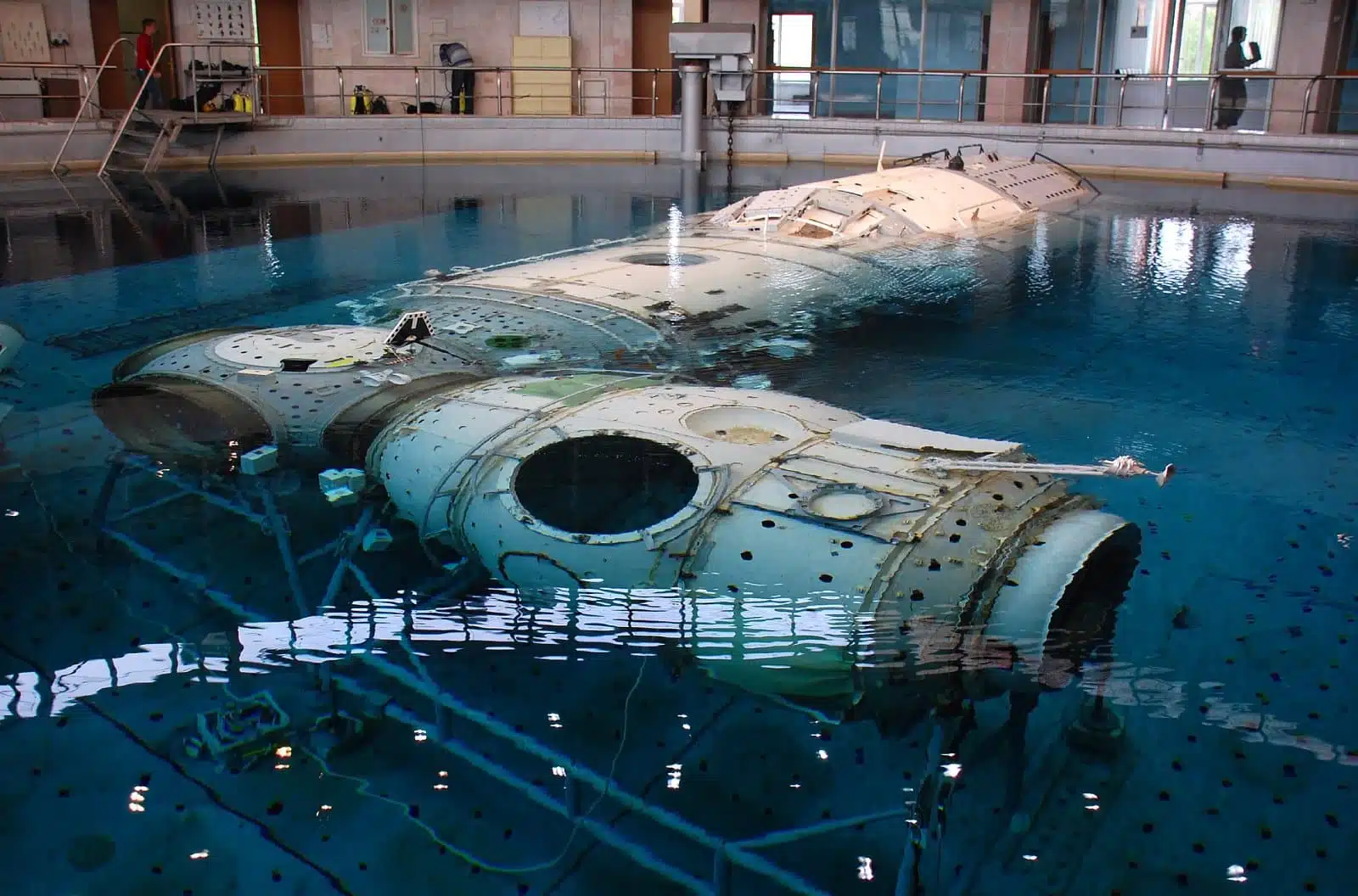
Image Credit: Shutterstock / vicspacewalker
Spacewalk simulations offer an immersive experience that closely mimics the extravehicular activities (EVAs) performed by astronauts in the vacuum of space. Utilizing advanced virtual reality (VR) technology and neutral buoyancy labs, these simulations give participants a realistic sense of the challenges and exhilaration of conducting a spacewalk. In neutral buoyancy labs, participants are submerged in large pools equipped with full-scale models of spacecraft and space station modules, allowing them to practice tasks under conditions that simulate microgravity. VR simulations, on the other hand, use cutting-edge graphics and motion-sensing technology to create detailed, interactive environments where participants can explore and work on virtual spacecraft or satellites. These experiences are designed not only for entertainment but also as educational tools, offering insights into the physics of space, the complexity of astronaut tasks, and the teamwork required to complete a mission outside the Earth’s atmosphere.
Insider’s Tip: Take the time to learn about the intricacies of real space missions to enhance the realism and immersion of the simulation experience.
7. Astronaut Training Experiences
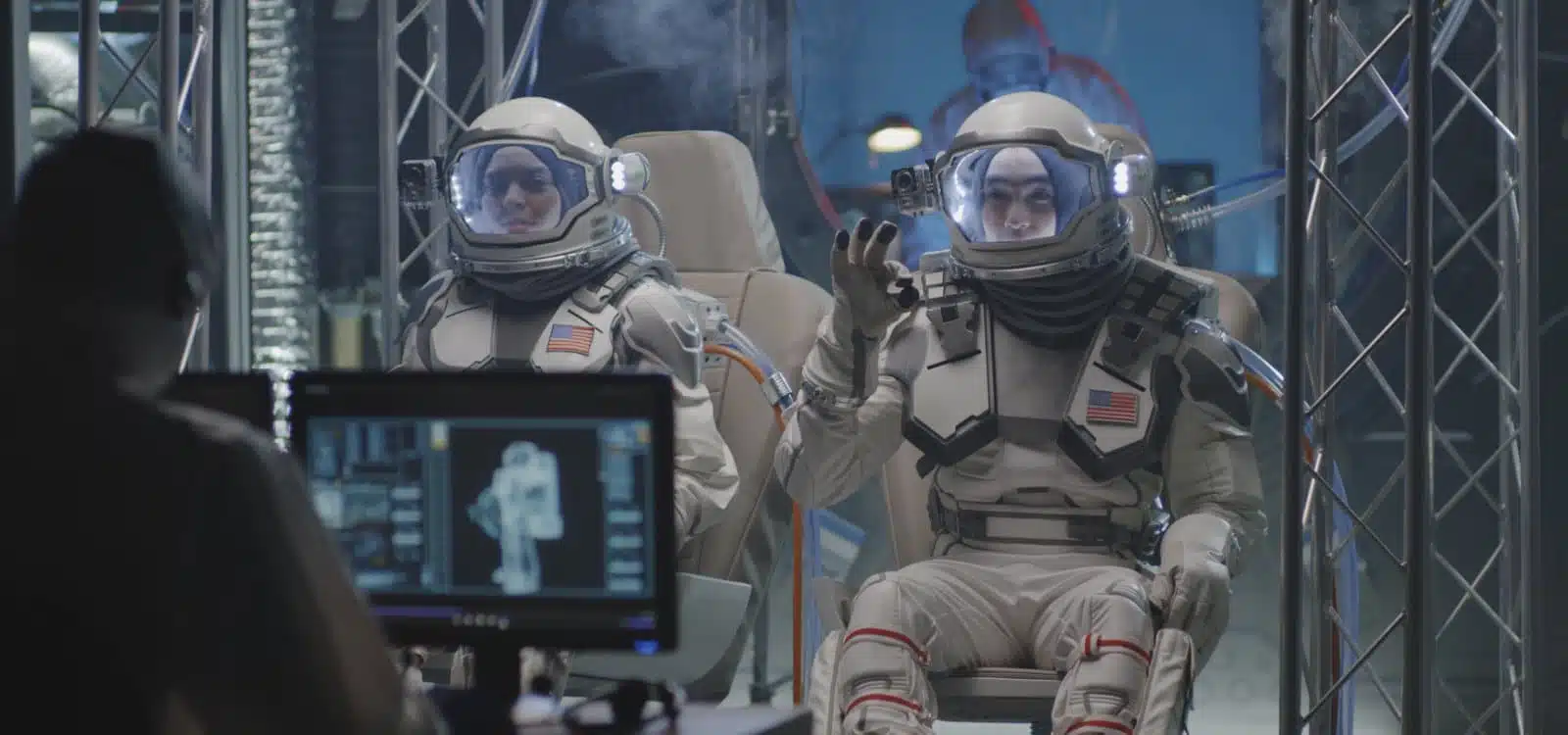
Image Credit: Shutterstock / Frame Stock Footage
Astronaut training experiences are comprehensive programs designed to simulate the physical and mental preparation required for space travel. These programs cover a wide range of activities, from high-G force centrifuge training to simulate rocket launches to underwater neutral buoyancy sessions that mimic the weightlessness of space. Participants also engage in classroom sessions where they learn about spacecraft operations, navigation, and the science behind human spaceflight. Additionally, survival training exercises prepare participants for emergency scenarios, including how to safely return to Earth in unforeseen circumstances. These experiences are offered by various space agencies and private companies, aiming to provide an authentic glimpse into the life of an astronaut and the rigorous training they undergo.
Insider’s Tip: Embrace every aspect of the training for a holistic understanding of the physical and psychological demands of space travel.
8. Visits to Space Launch Facilities
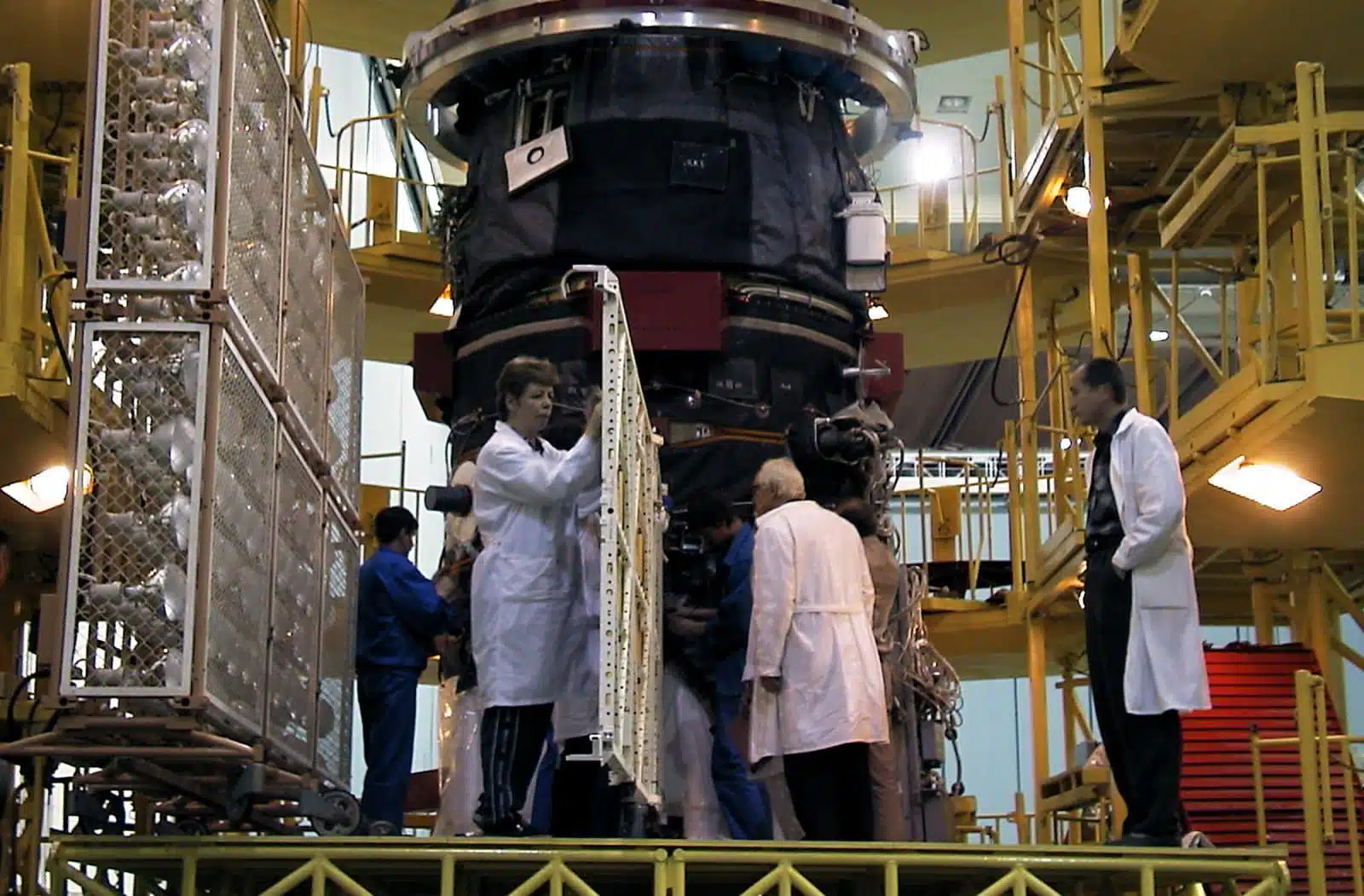
Image Credit: Shutterstock / Northfoto
Visits to space launch facilities offer a unique opportunity to witness the intersection of human ingenuity and cosmos exploration. Facilities like NASA’s Kennedy Space Center in Florida and SpaceX’s launch site at Boca Chica, Texas, provide guided tours where visitors can see launch pads, vehicle assembly buildings, and control rooms. These tours often include exhibits on the history of space exploration, showcasing spacecraft, satellites, and memorabilia from historic missions. For those interested in the future of space travel, some facilities also offer the chance to see the latest aerospace technology and spacecraft being prepared for upcoming missions. Witnessing a live rocket launch is a highlight of visiting these facilities, offering a tangible sense of the power and potential of space exploration.
Insider’s Tip: Plan your visit to coincide with a live rocket launch for an unforgettable experience, but be prepared for schedule changes due to weather or technical delays.
9. Space Camps for Adults

Image Credit: Shutterstock / Mike_shots
Space camps designed for adults blend the thrill of space exploration with the rigor of astronaut training in an immersive, educational environment. These camps offer a comprehensive overview of space science, including hands-on activities like building and launching model rockets, simulating space missions, and navigating obstacle courses designed to mimic the physical challenges of space travel. Beyond the physical activities, workshops, and lectures from experts in the field provide insights into the complexities of spaceflight, the history of space exploration, and the future of humanity in space. This experience is about fulfilling childhood dreams and understanding the teamwork, problem-solving, and technical knowledge required for space missions. Whether you’re a space enthusiast looking to deepen your understanding or simply seeking an adventure out of this world, adult space camps offer an unforgettable journey into the final frontier.
Insider’s Tip: Engage fully in the camp activities and network with fellow space enthusiasts to enrich your experience and foster connections within the space tourism community.
10. Virtual Reality Space Exploration
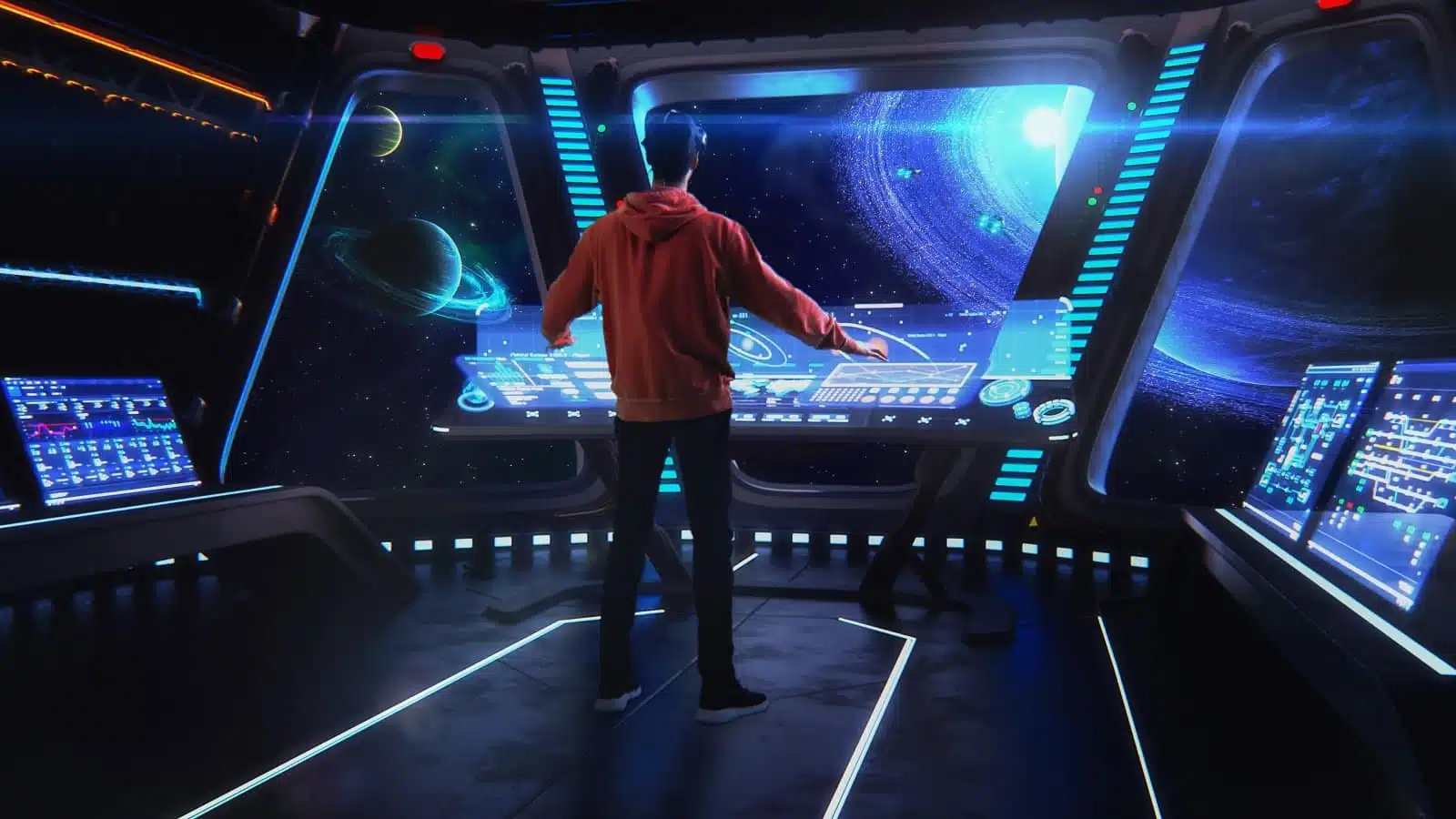
Image Credit: Shutterstock / Gorodenkoff
Virtual reality (VR) space exploration represents the cutting edge of technology, allowing you to traverse the cosmos from the comfort of your own home. High-definition visuals and immersive audio transport you to other worlds, from the International Space Station to the rugged terrain of Mars. These experiences are crafted with attention to scientific accuracy, offering not just entertainment but an educational journey through space and time. You can embark on guided tours of extraterrestrial landscapes, participate in simulated space missions, and learn about the cosmos in an engaging, interactive format. VR technology continues to evolve, promising ever more realistic and expansive explorations of the universe. For those fascinated by space but not ready to leave Earth, virtual reality offers a compelling window into what lies beyond our planet.
Insider’s Tip: Invest in a high-quality VR headset and explore the various space exploration programs available to maximize the realism and depth of your virtual space experience.
The Bottom Line

Image Credit: Shutterstock / Skreidzeleu
As space tourism evolves, these journeys become increasingly accessible to those who dream of the stars. Whether through a brief parabolic flight or an ambitious journey around the Moon, the opportunities for adventure beyond Earth’s atmosphere are expanding. Each of these experiences requires financial investment, a commitment to preparation, and a willingness to embrace the unknown. As you contemplate your place in the cosmos, remember that the essence of space tourism lies in pushing the boundaries of human experience, offering a new perspective on our planet and our place within the universe. The future of travel beyond Earth promises new destinations and a new understanding of what it means to explore.
More From The Green Voyage
Top 10 Trending Travel Destinations 2024
6 Essential Banking Apps for International Travel – Managing Your Finances on the Go
Traveling With Kids – 10 Tips to Create Memorable Family Holidays
The post The Ultimate Guide to Space Tourism – The Future of Travel Beyond Earth first appeared on The Green Voyage.
Featured Image Credit: Shutterstock / Image Credit: Shutterstock / Gorodenkoff.
For transparency, this content was partly developed with AI assistance and carefully curated by an experienced editor to be informative and ensure accuracy.
Tips for Trip Success
Book Your Flight
Find an inexpensive flight by using Kayak, a favorite of ours because it regularly returns less expensive flight options from a variety of airlines.
Book Your Hotel or Special Accommodation
We are big fans of Booking.com. We like their review system and photos. If we want to see more reviews and additional booking options, we go to Expedia.
You Need Travel Insurance!
Good travel insurance means having total peace of mind. Travel insurance protects you when your medical insurance often will not and better than what you get from your credit card. It will provide comprehensive coverage should you need medical treatment or return to the United States, compensation for trip interruption, baggage loss, and other situations.Find the Perfect Insurance Plan for Your Trip
